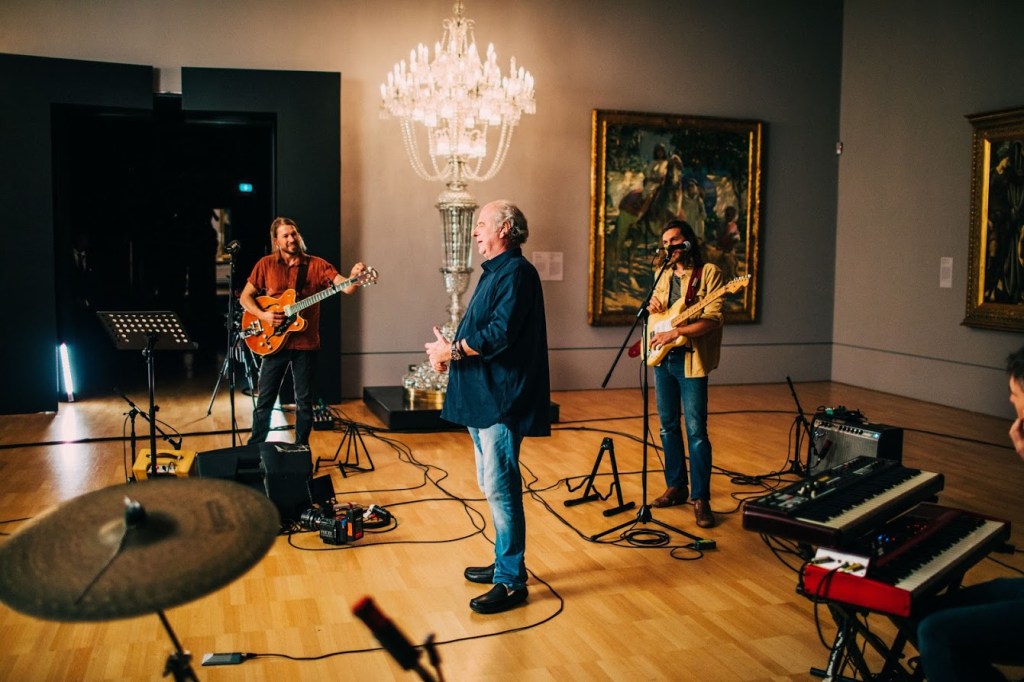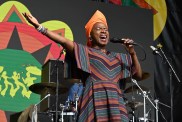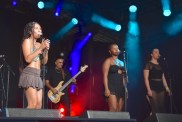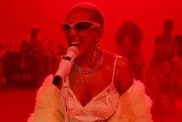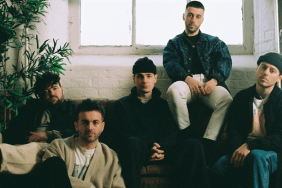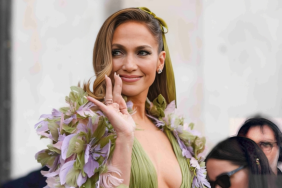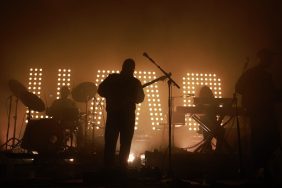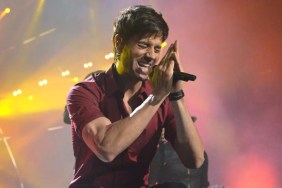In late April, more than a million Australians tuned into the nationally televised music special, Music From the Home Front. Put together by Michael Gudinski and the Mushroom Group, the event’s popularity signalled Australians are desperate to see quality live music on their screens.
And so, just one week later The State of Music was born. The six-part, live-streamed concert series was conceived by Gudinski in coordination with Victoria Together – a Victorian government initiative to maintain cultural nourishment during Coronavirus. The State of Music streams live across YouTube, Facebook and the Victoria Together website every Friday or Saturday night at 7.30 pm.
Last week’s episode four featured performances from The Teskey Brothers, The Angels, Andrew Stockdale, Kate Ceberano, Gordi, Hoodoo Gurus and more. Previous episodes have included the likes of Paul Kelly (from his 2019 Making Gravy tour), Archie Roach, Meg Mac, Kate Miller Heidke, Hatchie, Missy Higgins and Birds of Tokyo. In other words, the programming brings together classic Australian artists with present-day triple j favourites. There seems to be an endless supply of live streaming events at the moment, but Gudinski wants The State of Music to be different. For starters, it’s hosted by ex-Triple M and Recovery presenter Jane Gazzo, who’s joined by a different co-host each week. Together they oversee and introduce a mix of interviews, at-home performances and multi-camera on-location performances.
The segments are seamlessly edited together and streamlined with graphics. The participating artists and hardworking crew are all being paid for their efforts. And the episodes can be viewed on-demand for six weeks.
Music Feeds spoke to Gudinski about the origins of the concept and its future.
https://youtu.be/pcw8WTHBeVs
Music Feeds: Episode four started with The Teskey Brothers playing two songs live at the National Gallery of Victoria. How did that come about?
Michael Gudinski: They came to me with an idea to do it at the NGV. That would be near impossible to set up with a day’s notice during normal life, but because the gallery was actually closed, full credit to Tony Ellwood – they let us in there, the band, to do it in a circular spot adhering to distancing. It’s very unique and very special and I was very, very happy that Tony and I could work out to get them into the Gallery. It’s quite an interesting, different performance for the show. I think the show’s getting better every week.
MF: The State of Music launched one week after the Anzac Day special, Music From the Home Front. How did the Victorian government get involved?
MG: [We were] so excited at the reaction and how incredible the Home Front concert turned out to be because I really only had nine days for us to pull it together. I was determined to because of the timing with Anzac Day. If you think about it, the frontline health workers are very similar to the Anzacs in the sense they’re risking their lives every day. We pulled together the show and it’s one of the top five things I’ve ever achieved or been involved in in my life.
We’d been talking about this concept for over six weeks before Music From the Home Front. And I think that [Victorian Premier] Daniel Andrews has been an enormous supporter of music and the arts.
MF: Did you have a vision for how you’d distinguish The State of Music from all of the other live streaming events going on?
MG: The State of Music, I didn’t come up with this name, but it’s another double entendre meaning the state of music in COVID and the state of music in Victoria. Melbourne’s been the music capital of Australia for many years and one of the great music cities in the world. Daniel was determined to keep it up there. It’s not something that’s got sponsorship, ads within it, which is fantastic. He came to us on the Monday after the Home Front. He said, “I want to do this show and I want it on this Sunday.” And I thought, fuck me, but you don’t get opportunities like that and the first show was more like a pilot. We’ve got so much reaction because the show’s kept up for six weeks and it went all around the world, unlike the Home Front, which was a one-run thing.
MF: It started to take shape pretty quickly. Episode two was an all-female Mother’s Day special, with Deborah Conway, Emily Wurramara, Abby Dobson, Hatchie and Shannon James collaborating on a cover of Jenny Morris’ ‘She Has to Be Loved’.
MG: It was an incredible tribute to the great Jenny Morris and some amazing performances, including launching a new act called Mia Wray. I think everyone was touched by Mahalia Barnes and her daughter [Ruby, performing ‘Little Light’].
MF: Jane Gazzo is the main host and there’s a different co-host each week – Carrie Bickmore for the Mother’s Day show, Tim Minchin for episode three, and Jane Kennedy on episode four. This alone makes it more of a show than an online quasi- festival.
MG: There’s so much [streaming] going on, and it’s fantastic, but what we’ve tried to do is incorporate a bit more interview and a bit more Q&A with some of the artists. So I think it’s fantastic all the music that’s being streamed in general, but this is unique. That fact that it stays up for six weeks, I think a couple of acts will get incredible international feedback and hopefully get more success out of it.
To be honest with you, we’ve got two shows left, but there’s a lot of interest from a lot of parties in the show and I’m determined and hope that it keeps going in one way or another.
https://youtu.be/XmKqtRFQDb8
MF: Lockdowns are being eased around the country and pubs, cafes, museums and community spaces are reopening. Do you think there’s a chance of live music coming back in some capacity in the next few months?
MG: Who knows how long this is going to go on? Unless there’s a miracle vaccine or something happens, I think it’s going to be a long time before even smaller venues open with small capacities. From what I’ve been told – and I’m not Nostradamus –there’ll be no international acts here until possibly February/March next year. I think it’ll give Australian artists, when live music comes back slowly, a real chance to shine. There’s always a few good things that come out of something so bad. It’s been a tough period, but it’s a period of time where you’ll find that a lot of great songs will be written by a lot of great singer-songwriters and bands.
MF: Can you confirm there’ll be more from The State of Music after the initial six-show run ends?
MG: 100%. I don’t want to keep leaning on the government. We haven’t had those discussions; they’ve got a lot of things more important on their mind. But I think it would be tragic that we made such a mark for the show not to keep going one way or another. I’m doing everything I can. I think it’s very important for the whole music industry. The BBC have so much music on, the ABC don’t. It’s been a long time since Rove or The Panel. Those TV spots can mean so much to artists. So I’m certainly utilising this time to campaign for that.
–
The State of Music will return for its fifth episode this Friday night (29th May), with a lineup that includes the likes of Something for Kate, The Rubens and Mansionair.
Feature image: Mushroom Creative House.
